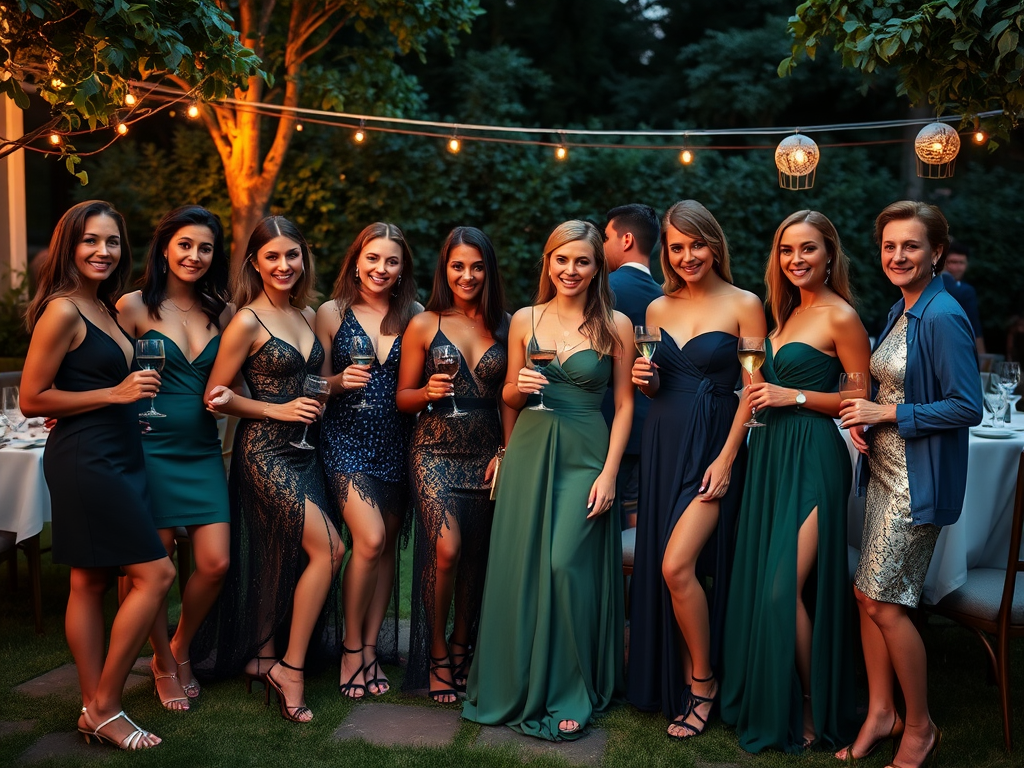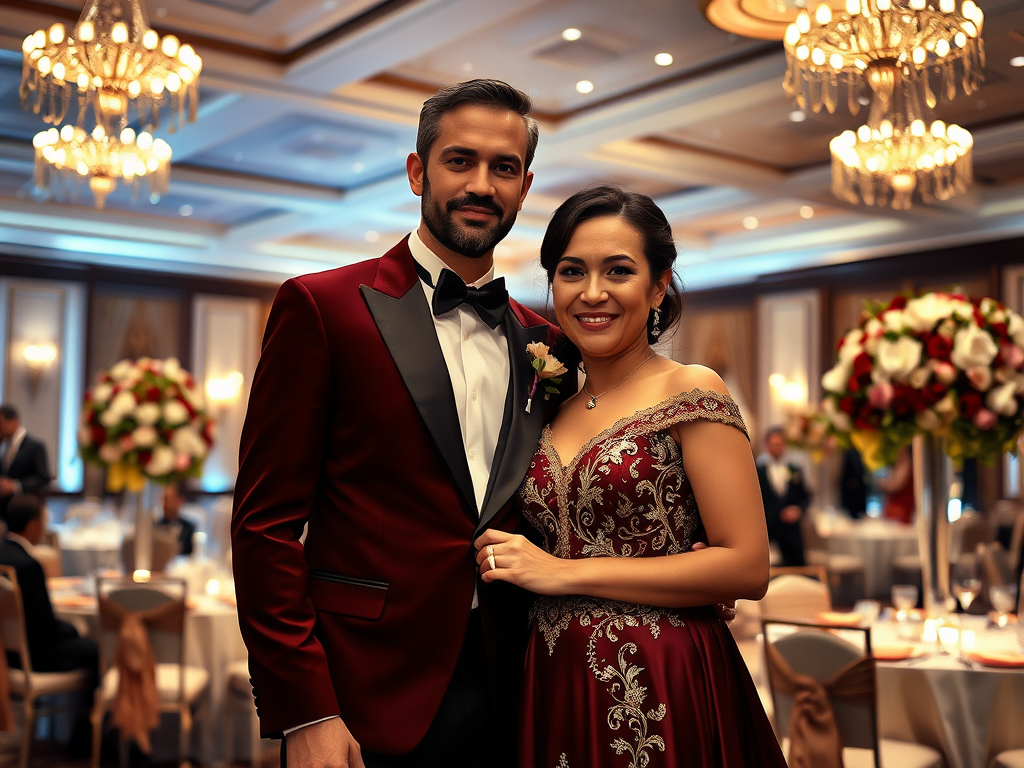In today’s fast-paced world, understanding modern dress codes is more essential than ever. Fashion serves not only as a means of personal expression but also as a visual language that communicates social norms, professional expectations, and even cultural identities. With events ranging from casual brunches to formal galas, knowing what to wear can make a significant difference in how we are perceived. This article will delve deep into the nuances of modern dress codes, shedding light on their evolution, different types, and the factors that influence them. By decoding these sartorial signals, you’ll navigate your social and professional landscapes with confidence and flair. Get ready to elevate your wardrobe and make informed choices for every occasion!
Understanding Dress Codes

Dress codes, an often-ambiguous set of guidelines about what to wear, have their roots in historical social norms. Traditionally, they were deeply tied to class and status, dictating precise attire for various social gatherings or professions. Over the decades, however, these codes have shifted dramatically, influenced by everything from cultural revolutions to technological advancements. As a result, modern dress codes reflect a more fluid interpretation that allows for greater personal expression while still adhering to societal expectations. Grasping the nuances of these codes can empower individuals, giving them the confidence to express themselves authentically. Through this article, we will explore various types of dress codes, their meanings, and proper applications for different occasions.
Types of Modern Dress Codes

Casual Attire
Casual wear is the most relaxed type of dress code, characterized by comfort and personal style. This attire is suitable for day-to-day activities, informal gatherings, and casual outings with friends or family. A typical casual outfit might include items such as jeans, T-shirts, or comfortable shoes. However, it’s important to keep in mind that even casual doesn’t mean sloppy. Clean, well-fitted clothes reflect thoughtfulness and respect for the gathering. Here are a few ideas for suitable casual attire:
- Jeans paired with a simple tee or a stylish blouse
- Casual sneakers or flats
- Dresses with relaxed fits
Business Casual
Business casual strikes a balance between casual and formal, making it a popular choice in many workplaces. This dress code allows for a blend of professionalism and relaxed attire, differing from traditional business wear, which often requires suits and ties. Understanding the subtleties of business casual is crucial for networking events, office gatherings, or client meetings. For instance, men may opt for dress pants and a collared shirt, while women might choose smart skirts paired with blouses. Key components of business casual include:
- Polo shirts and blazers for men
- A-line skirts or tailored trousers for women
- Dress shoes or loafers
Smart Casual
Smart casual is a versatile dress code that bridges the gap between casual and formal wear. Offering the flexibility to express personal style, this code is perfect for social gatherings or semi-formal events. It encourages creativity while maintaining an element of sophistication. Outfits may range from tailored trousers and stylish tops to chic jumpsuits. However, smart casual should always look intentional rather than thrown together. Some outfit ideas might include:
- A blazer with fitted jeans
- Chic dresses paired with ankle boots
- Stylish loafers or fashionable flats
Formal Wear
Formal wear represents the pinnacle of dressing sophistication. It includes outfits such as tuxedos for men and evening gowns for women, typically required at special occasions like weddings, galas, and corporate events. Adhering to the formal dress code showcases respect for the event and its hosts. The level of formality can vary; black-tie events require darker suits, while white-tie suggests even greater formality with tailcoats. Below is a table outlining key differences in formal attire types:
| Dress Code | Men’s Attire | Women’s Attire |
|---|---|---|
| Black Tie | Tuxedo with bow tie | Evening gown or elegant cocktail dress |
| White Tie | Formal tailcoat with white bow tie | Full-length evening gown |
| Formal Business | Suit and tie | Business suit or formal dress |
The Impact of Cultural Influences on Dress Codes
In our increasingly global society, cultural influences play a pivotal role in shaping dress codes. Each culture interprets and adopts attire differently, showcasing their unique traditions and values. For instance, traditional garments, such as the kimono in Japan or the saree in India, convey cultural significance while also being incorporated into modern fashion. These cultural dress codes often find acceptance in contemporary settings, making them relevant today. It’s essential to respect and understand these influences, leading to a more inclusive understanding of fashion that doesn’t merely follow Western norms. Embracing cultural diversity in fashion can also inspire creativity, leading to innovative styles and trends.
Decoding Dress Codes for Events
When attending various events with specific dress codes, deciphering what to wear can sometimes feel like solving a puzzle. For invitations that include vague dress codes, consider these strategies:
- Research the event type: Look into the nature of the event, such as whether it’s formal or casual.
- Trust your intuition: If you feel uncertain, opting for a slightly more upscale outfit can help you avoid any embarrassment.
- Consult others: Touch base with other guests who might have insight into what to wear.
Seasons significantly influence dress codes, dictating both material and style. Various fabrics may be more appropriate for specific climates, enhancing comfort while adhering to the dress code. For instance, lightweight fabrics like linen or cotton are optimal during summer events, while wool or heavier materials suit winter gatherings. Here are suggestions for seasonal attire:
- Summer: Light dresses, chinos, and open-toe shoes
- Fall: Layered outfits with blazers or scarves
- Winter: Warm, elegant coats paired with formal boots
Conclusion
Understanding dress codes is the key to navigating modern social and professional realms effectively. They are not just rules but reflections of respect and consideration towards the host and the occasion. Whether casual or formal, each code provides the opportunity to express your personality and style, while fitting the expectations of the environment. Embracing these dress codes doesn’t mean abandoning individuality; rather, it allows for a creative interpretation of standards while showcasing personal flair. As you venture into future events, remember that knowledge of dress codes empowers your choices, helping you feel confident in your attire.
Frequently Asked Questions
- What is the difference between business casual and smart casual? Business casual typically includes dress shirts and slacks, while smart casual allows for more relaxed and stylish combinations, including smart shoes and blazers.
- Can I wear sneakers with smart casual attire? Yes, but opt for clean, stylish sneakers rather than athletic ones to maintain a polished look.
- What should I wear to a cocktail party? Women can wear cocktail dresses or stylish jumpsuits; men typically wear a suit with a dress shirt and possibly a tie.
- How do I know what to wear to an event with a vague dress code? When in doubt, consider the venue, time of day, and attire of guests in past events; err on the side of dressing up to ensure appropriateness.
